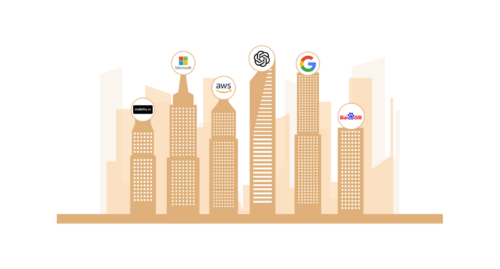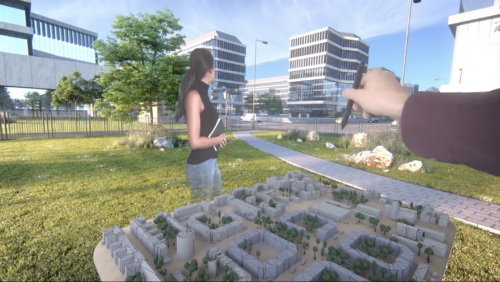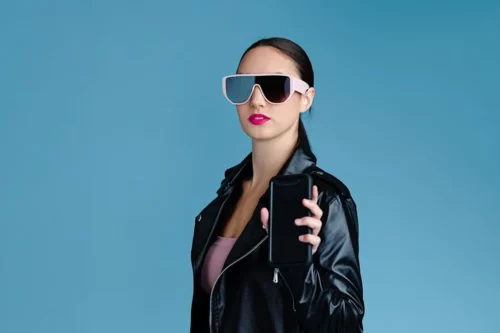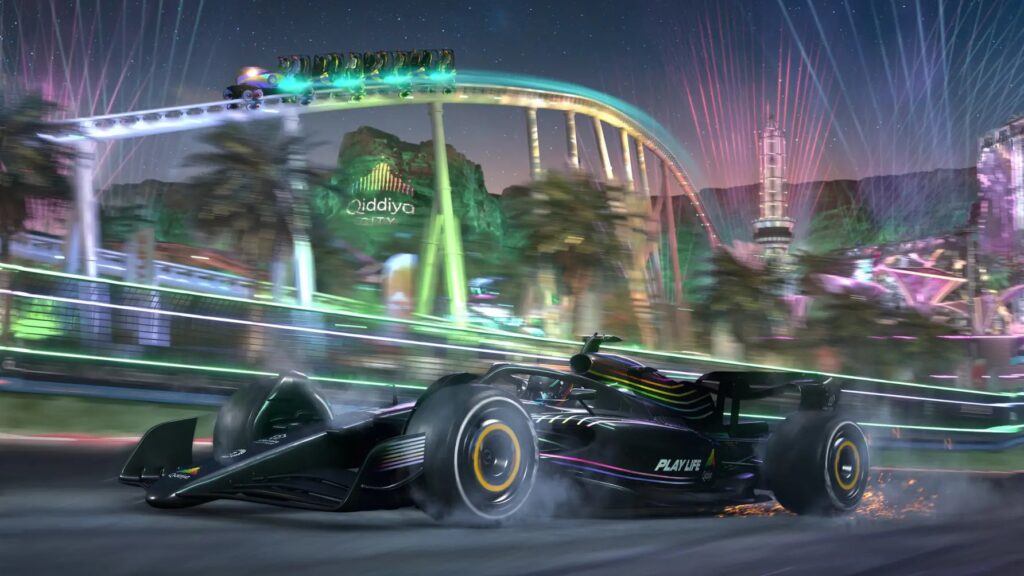The Future of Concerts: Cultivating Superfans
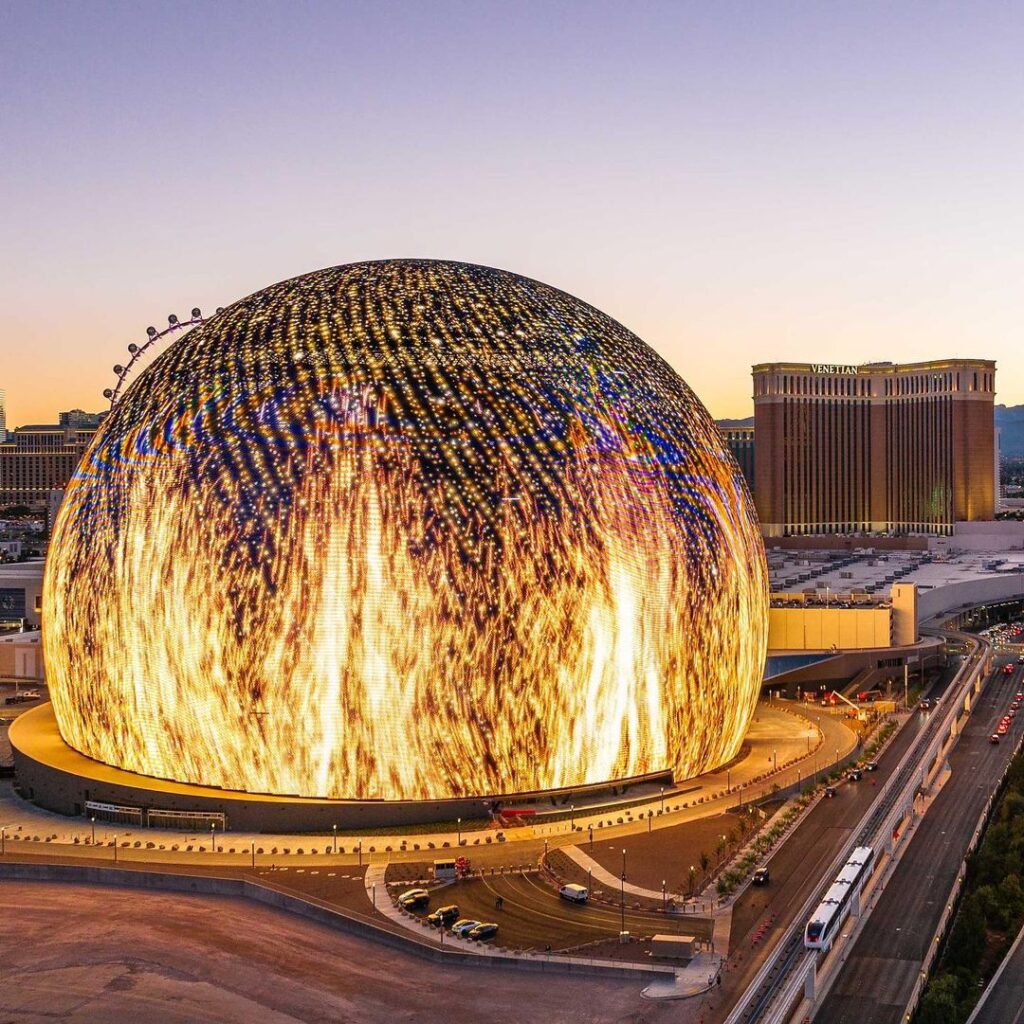
It’s no secret that streaming has transformed the business of music. When music lived on vinyl, tape, and CDs, artists used to make a healthy portion of their revenue from selling records. Now that most people listen to music for free—or subscribe to a nearly infinite catalog for just a few bucks a month—that revenue stream has crashed.
That means financial success for artists no longer lies with the masses of casual listeners—it lies with the superfans. These are people who go beyond just listening. They feel connected to the artist on an emotional level, and they want to fuel that connection. They wait on tenterhooks for the next release, voraciously consume every interview and social media post, and line up to open their wallets for concert tickets, deluxe vinyl sets, merch, and all kinds of other creative offerings.

How does an artist build and leverage those emotional connections? By making fans feel special, like they’re more than just another face in the crowd. Superfans want unique experiences that make them feel close to the maker of the music—and set them apart from everyone else.
Concerts are the ultimate vehicle for that, and new technology gives us the power to take these powerful bonding moments to another level.
Social media, digital ticketing, and ever-improving audiovisual technology have already changed the concert landscape. But with new developments in artificial intelligence, virtual reality, and more, there are even greater possibilities for integrating the physical and digital worlds to create unique experiences.
Making Every Show Singular
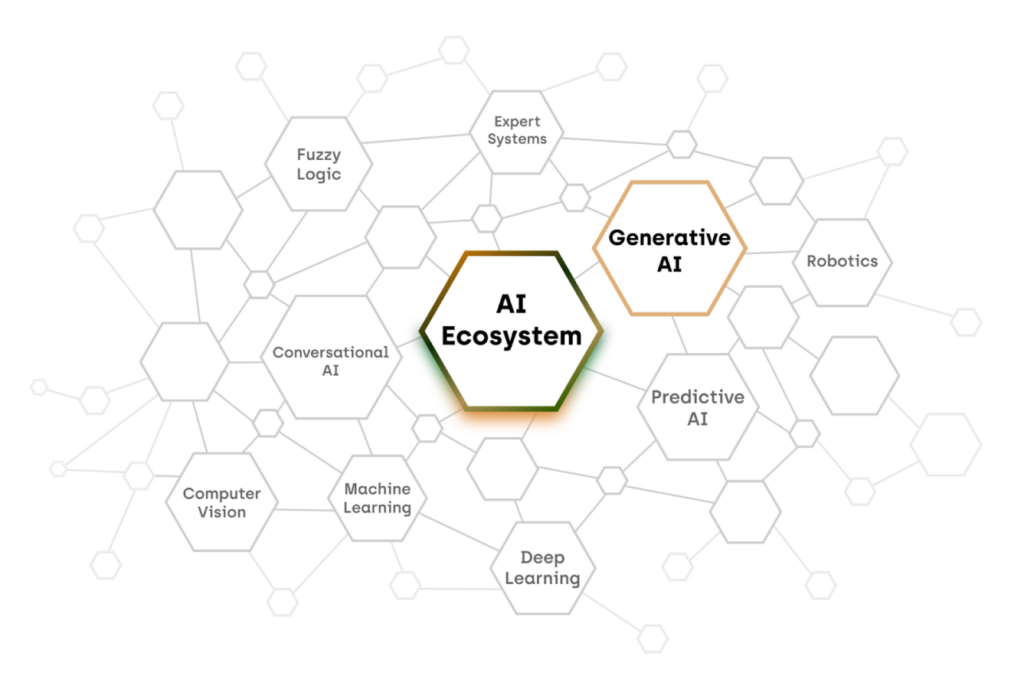
Traditionally, concerts are designed for repeatability. Every night, in every venue, it’s the same setup and the same content, apart from minor variations in the setlist and costumes.
AI changes that. This powerful technology heightens the magic of a concert by making it look and sound not just better, but truly unique every time.
Let’s start with AI for audio. Subpar sound is a common issue in many venues, and it’s a lot harder for the audience to connect with the performer when the lyrics are muddy and the drums are too loud. But combined with the right hardware, AI can fine-tune the audio for each area of the venue and even for the style of music being played in the moment. It closes the sound quality gap between the best and worst seats, so there are no bad seats in the house.
With lighting and video content, AI can elevate the show from spectacular to truly mind-blowing. Instead of creating the same show at every performance, the visuals can respond to the crowd in real-time. Using data collected from cameras, sensors, mobile apps, or even wristbands, the entire show can be made to reflect the people and the energy in the venue on any given night.
In fact, this is already happening at the cutting edge of musical performance. “Emergent Rhythm” is a groundbreaking live AI-driven DJ performance by artist/DJ Tokui. The gig is centered on real-time AI audio generation, where Tokui manipulates AI models on stage to spontaneously create new rhythms and melodies.
Tokui uses Generative Adversarial Networks (GANs), which are typically used for image synthesis (Midjourney), to take incoming sounds from the audience and convert them into spectrograms (a visual way of representing sound waves); the AI then processes these to create entirely new spectrograms, which the AI translates back into audio files to be played directly back to the audience!
This process happens in real-time, so it’s like the crowd and the AI are having a two-way conversation with sound.
The performance also uses AI visuals, which encompass patterns designed to reflect the beat of the music. These visuals are created using over a million images generated by the Stable Diffusion model, and it’s not hard to imagine how this model could be used to take a live video feed of the crowd to create AI-driven stage visuals that would reflect the light, colors, and moods of the audience and venue.
In “Emergent Rhythm,” Tokui envisions the role of the DJ evolving from a Disk Jockey to an AI Jockey (AJ), where the artist conducts a stream of AI-generated audio. This approach transforms each show into an immersive, responsive AV experience where the music and visuals reflect the energy of the audience and the venue in real-time.
It’s pretty left-field and avant-garde at the moment, with mixed results. But these fringe experiments are marking a new chapter in the story of AI-driven performances.
This uniqueness has real marketing value because it gets people to pull their cameras out and share clips. That fan-generated social media activity is crucial for sustaining interest in a tour over many months. Each concert experience becomes more desirable because no one knows exactly what they’ll see, and no two shows will look (or sound) quite the same.
Personalization from Pre-sale to Post-show
Personalization of a concert experience can start long before the show begins, even at the moment of purchasing a ticket. Physical ticket stubs used to be prized souvenirs, but no one keeps their digital tickets as collectibles these days. In the blockchain era, that can change. Imagine a digital ticket with unique art that can’t be replicated, perhaps even the ticket holder’s photo—now that’s a souvenir worth keeping.
NFTs, being unique digital assets, are an ideal candidate for creating exclusive ownership in this way. They bring a novel dimension to ticketing by making each a one-of-a-kind collectible.
Coachella, in partnership with Ticketmaster, used NFTs to ticket their 2023 festival. NFT tickets were personalized with the ticket holder’s photo, enhancing their value as a keepsake and offering access to unique content and experiences, such as backstage access, early-release tickets, and merchandise offers.
The unique quality of NFTs also makes them fraud-resistant, a growing issue for operators in the age of digital ticketing.
Fans often buy tickets months before the show, and that gap is another opportunity for personalized engagement. Artists can build anticipation by sending creative content at regular intervals—things like teasers, previews, insider details, and messages from the artist—and even use AI to tailor this content to each fan. This can extend to exclusive digital VIP experiences, like a Q&A live stream, access to behind-the-scenes footage, or personalized video messages from the artist. Even merchandise can be made more unique; instead of offering the same products at every show, some artists are starting to make venue-specific merch, which is more desirable because it’s more exclusive and rare. The more special and personal the item or experience is, the more it contributes to that superfan bond.
A New Generation of Venues

When it comes to designing an unforgettable show, the venue can be a serious limiting factor. Many multipurpose venues are not optimized for music, let alone for integrating all the physical and digital ways to engage with fans. On a tour, artists have to design their shows to the lowest common denominator and package the stage performance into a transportable, reproducible set.
That’s starting to change with a new generation of venues, like TSX in New York City and Sphere in Las Vegas. They are designed not only to elevate the quality of the show itself but also to create magical experiences from the moment the visitor sees the venue—Sphere with its 360-degree exterior skin of programmable LEDs, and TSX with its wraparound LED billboard and outdoor stage facing Times Square.

Inside these unique venues, Journey crafted each aspect of the interior design to keep visitors enthralled even in the before, after, and in-between moments of a show. At Sphere, we matched the spectacle of the exterior with a dramatic, almost surreal aesthetic for the atrium, concourse, dining venues, artistic galleries, private dressing rooms, VIP club, luxury viewing suites, and more. At TSX, we created an all-inclusive playground of retail, event spaces, stages, lounges, and recording studios where an artist can visually take over the space, creating a fully immersive experience for fans. This kind of venue makes the entire concert experience richer, longer, more intense, more memorable—and therefore more desirable for fans.

A New Breed of Show
New tech has also enabled brand-new kinds of shows in both the physical and digital worlds. The live stream took off during the pandemic and has become a core part of the toolkit for emerging artists as they build a fan base. Not only does it allow them to reach a global audience at low cost, but it also lets them interact directly with fans by taking requests and responding to comments.
Another form of digital innovation is the interactive virtual concert, exemplified by events produced within video games such as Fortnite. The game makers collaborated with artists like Marshmello and Ariana Grande to create short, interactive music events where players attended inside the game and moved through a dynamic digital show with their game avatars. Journey did something similar with Walmart, collaborating inside Roblox to create a virtual music festival space.
Perhaps most remarkable is the “ABBA: Voyage” show, which has been sold out in London for 18 months straight. The show features hyper-realistic digital recreations of the band members in their prime, singing and dancing on a giant screen and backed up by a live band and light show. Both the ticket prices and the experience are just like a live show—the 3,000 audience members are on their feet, singing, dancing, and creating a party atmosphere. This technology can bring the Beatles back to the stage, or even let Taylor Swift sing a duet with a younger version of herself.
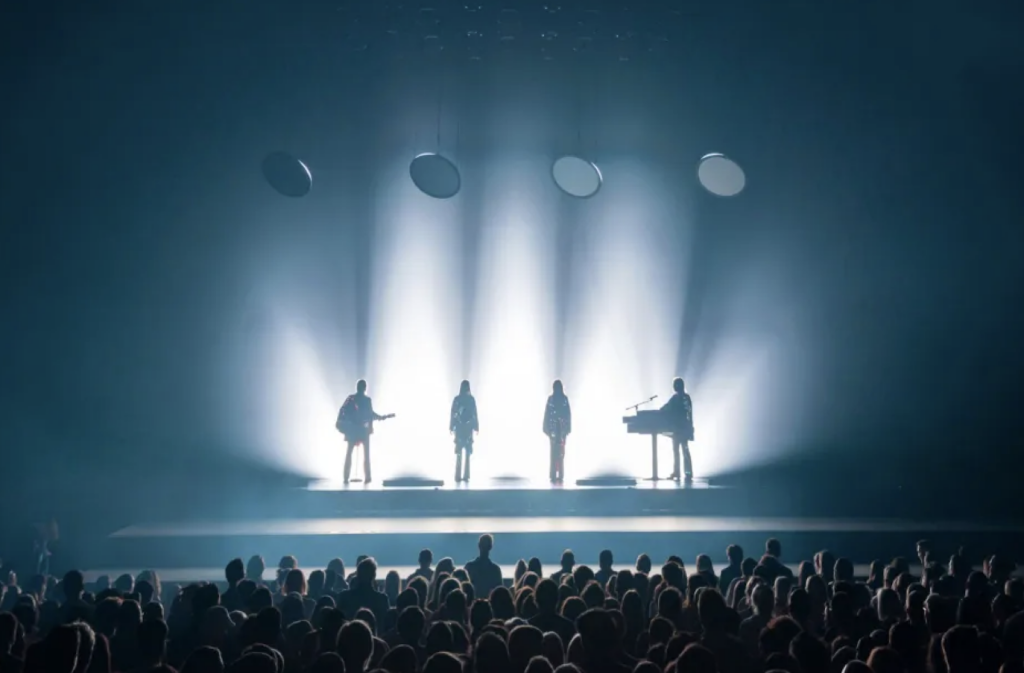
Connecting Artists and Fans
Technology can also help cultivate superfans beyond the concert by connecting them directly with the artist day-to-day. There are many platforms (like Discord) where artists can create private, controllable online spaces for fans. It’s an evolution of the fan club, a place where artists can chat with their fans and share content, and fans can also talk to each other.
This kind of connection has always been a key part of the artist’s journey. New artists need fan feedback to learn where they’re getting it right and wrong, so they can go from their bedroom to a real stage. Plus, this direct contact makes fans feel involved, which deepens their loyalty and commitment. As an artist grows, it gets harder to do this in the physical world. That’s why a digital platform is a powerful way to keep cultivating superfans at scale.
Give the Superfans What They Want
When it comes to building a fan base in the modern music business, quantity still matters (and it always will), but so does quality. Dedicated, emotionally invested fans are far more valuable than casual listeners. Cultivating those bonds means shifting from selling one thing at scale (like vinyls and CDs) to selling unique experiences, especially at concerts. That’s what superfans want: to feel connected to the artist, not as just another anonymous listener but as someone who participated in a specific, special moment in time. At Journey, we know how to integrate physical and digital elements to create unforgettable experiences that keep fans coming back for more.




 Jules Coke
Jules Coke
